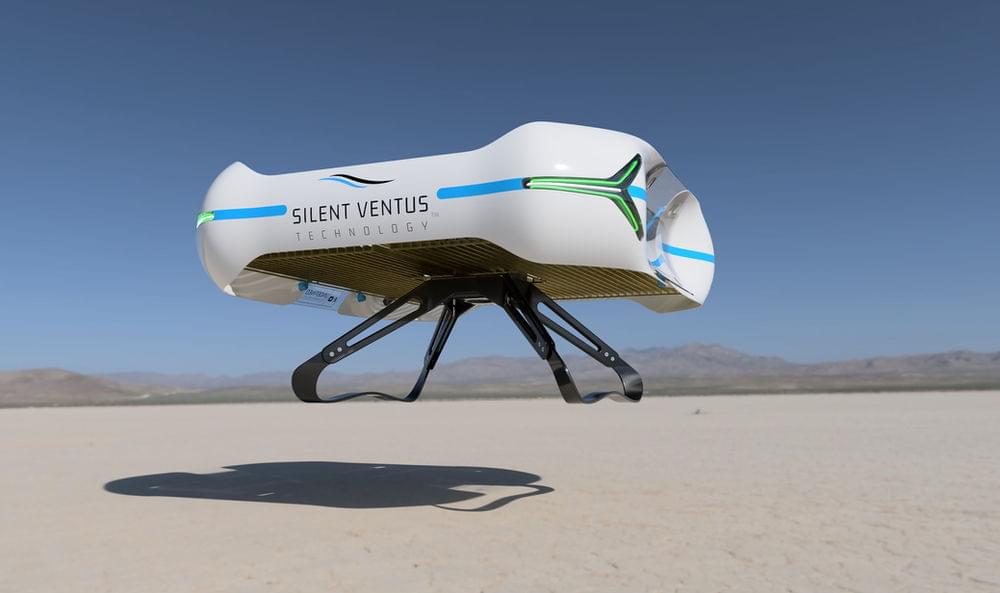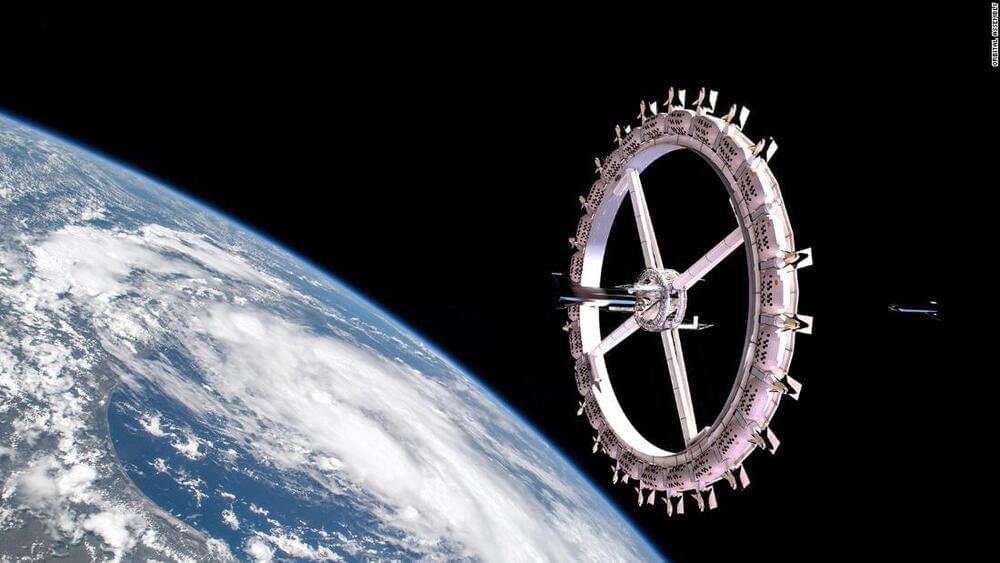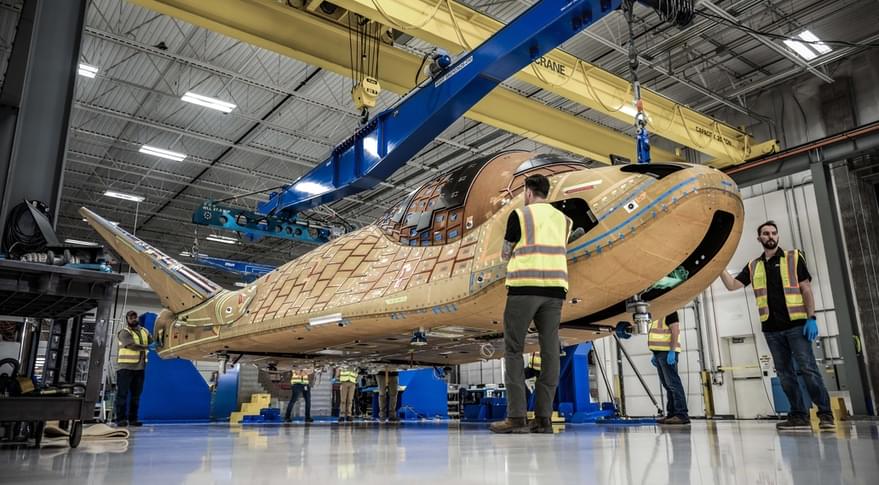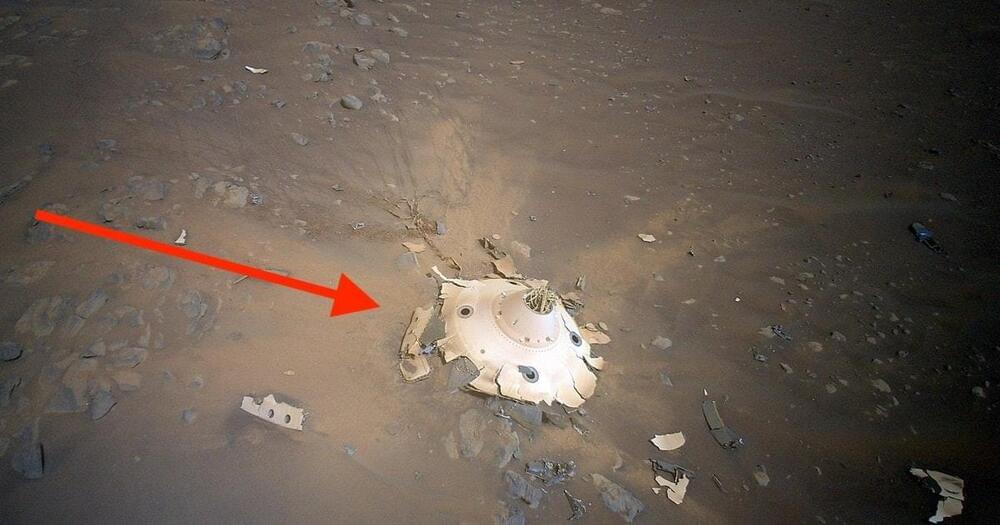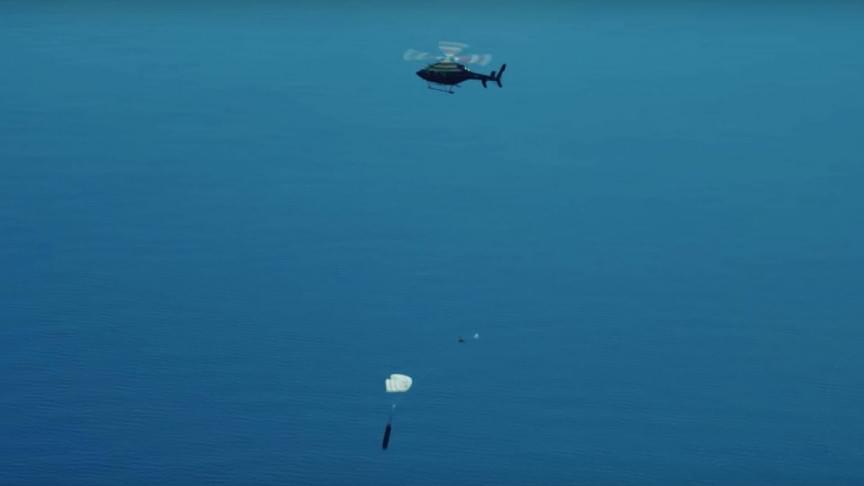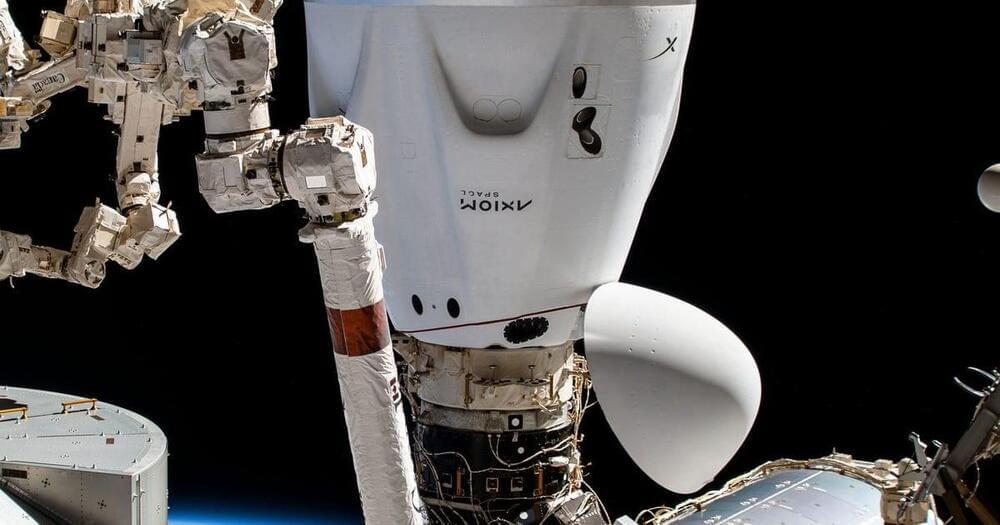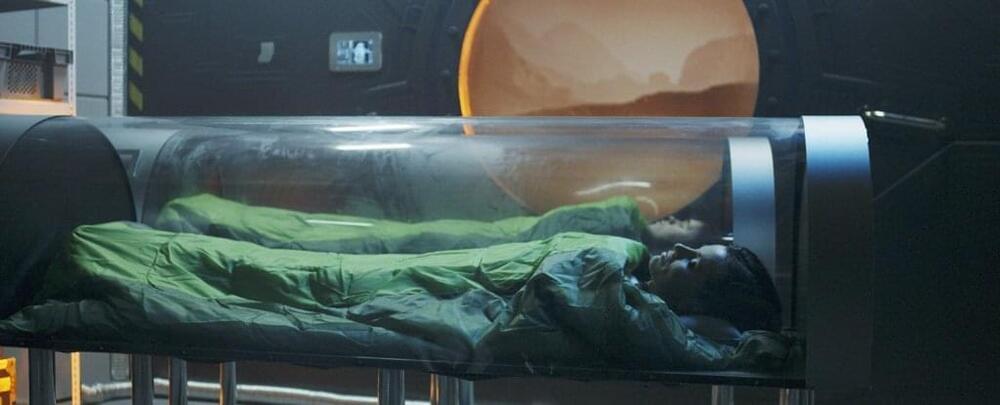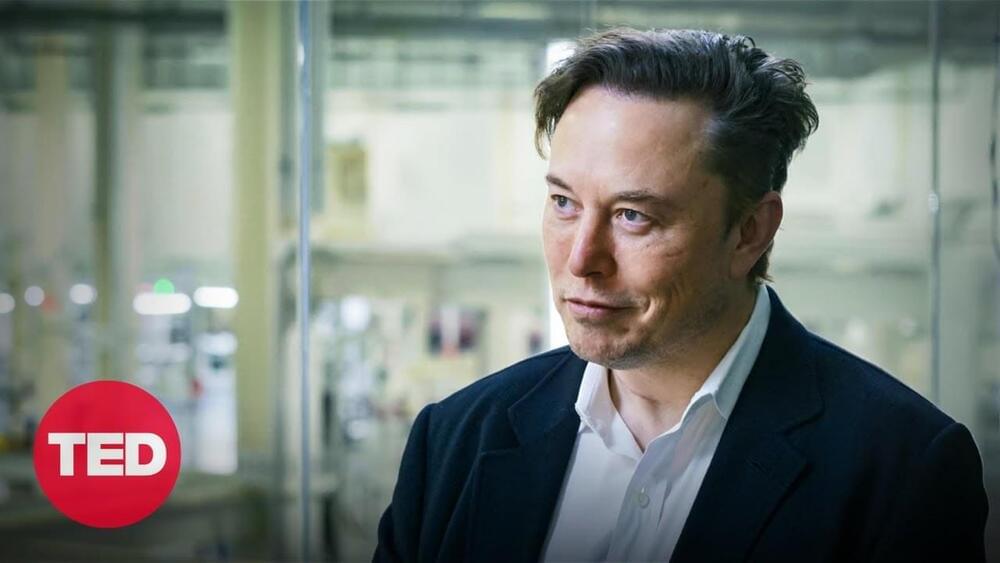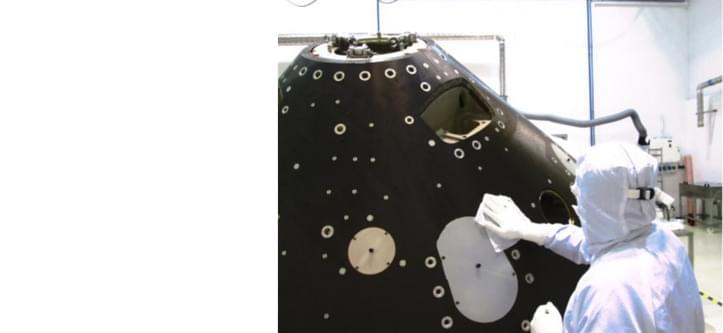Drones with ion drive. now if could rig it up with indefinite batteries and solar power skin and a tesla wave receiver system.
Undefined Technologies has revealed the new design of its ion drone MIAMI, APRIL 18, 2022 – Undefined Technologies, a Florida-based tech startup, has unveiled the new aesthetic design of its silent eVTOL drone powered by ion propulsion. The concept vehicle named “Silent Ventus™” uses proprietary technology to fully use the ion cloud surrounding the craft to generate high levels of ion thrust in atmospheric air. “Silent Ventus™ is a vivid example of our intent of creating a sustainable, progressive, and less-noisy urban environment,” says Tomas Pribanic, Founder and CEO of Undefined Technologies. “The design brings us closer to our final product and enables us to showcase the dual-use of our technology.”
